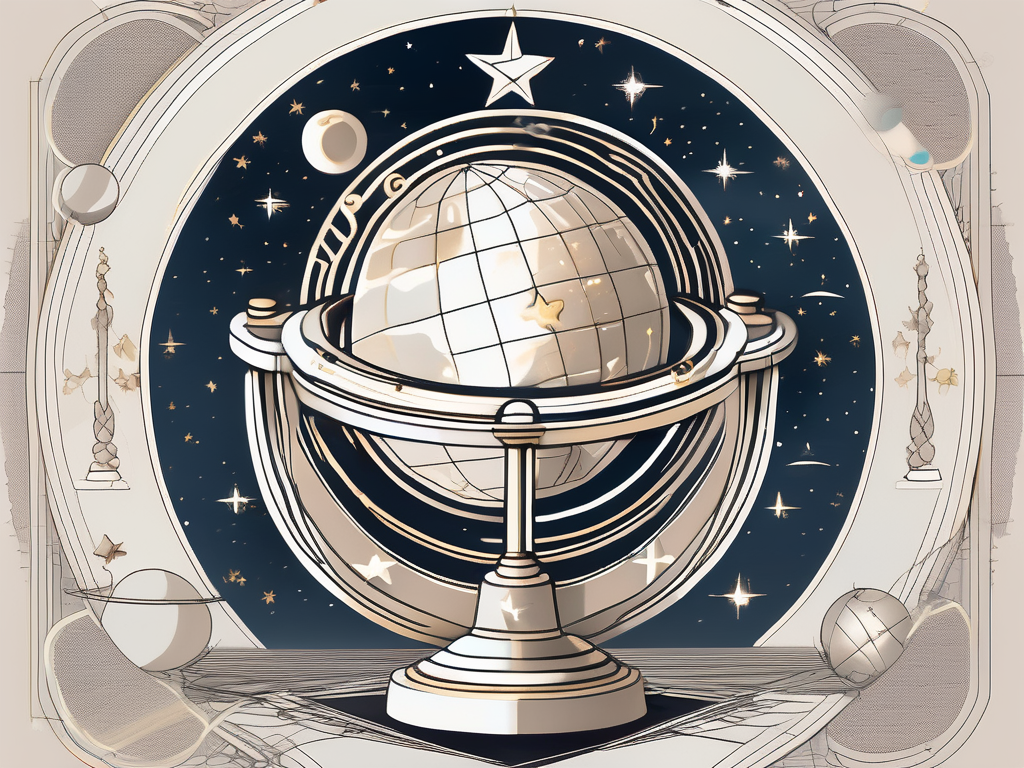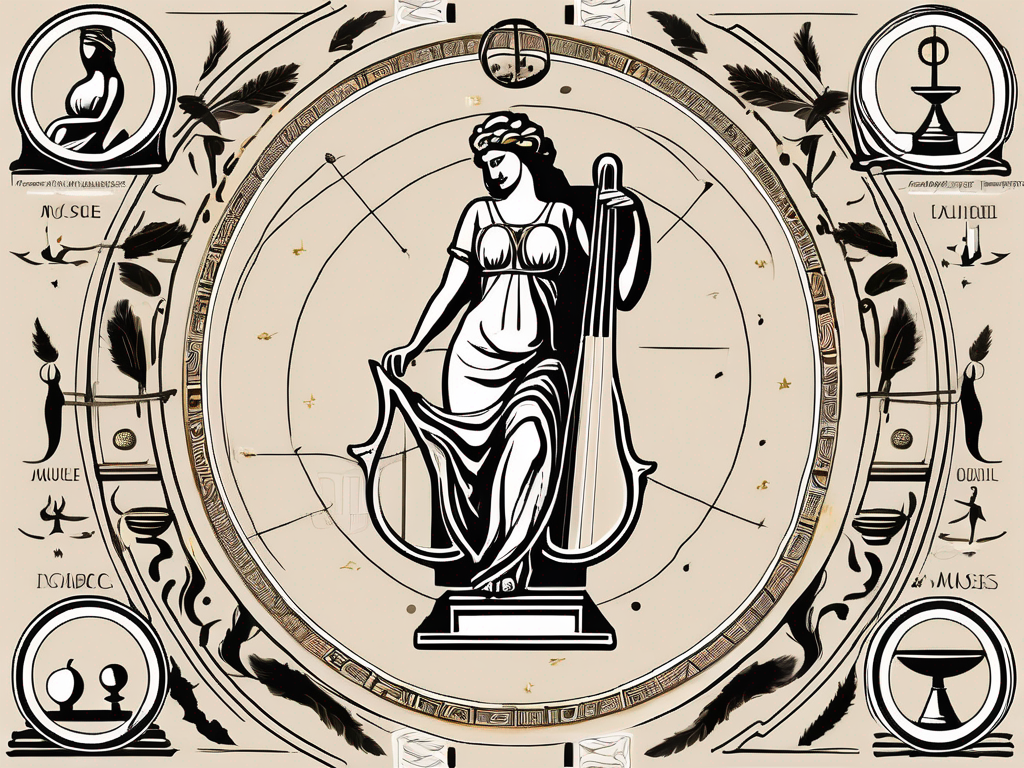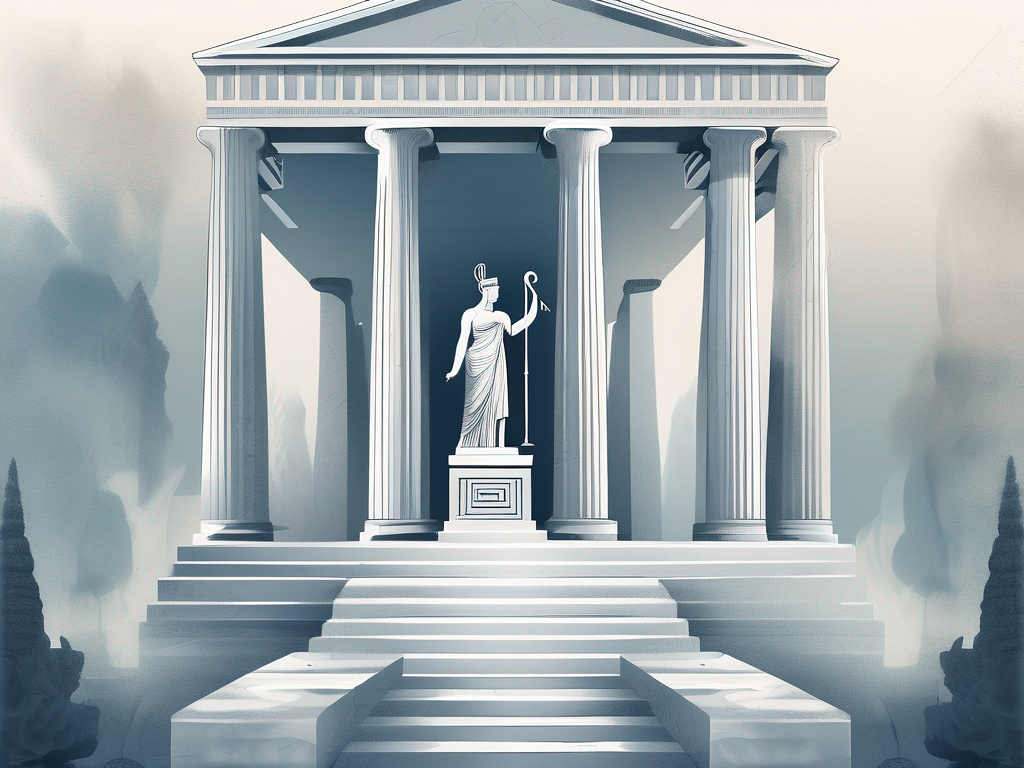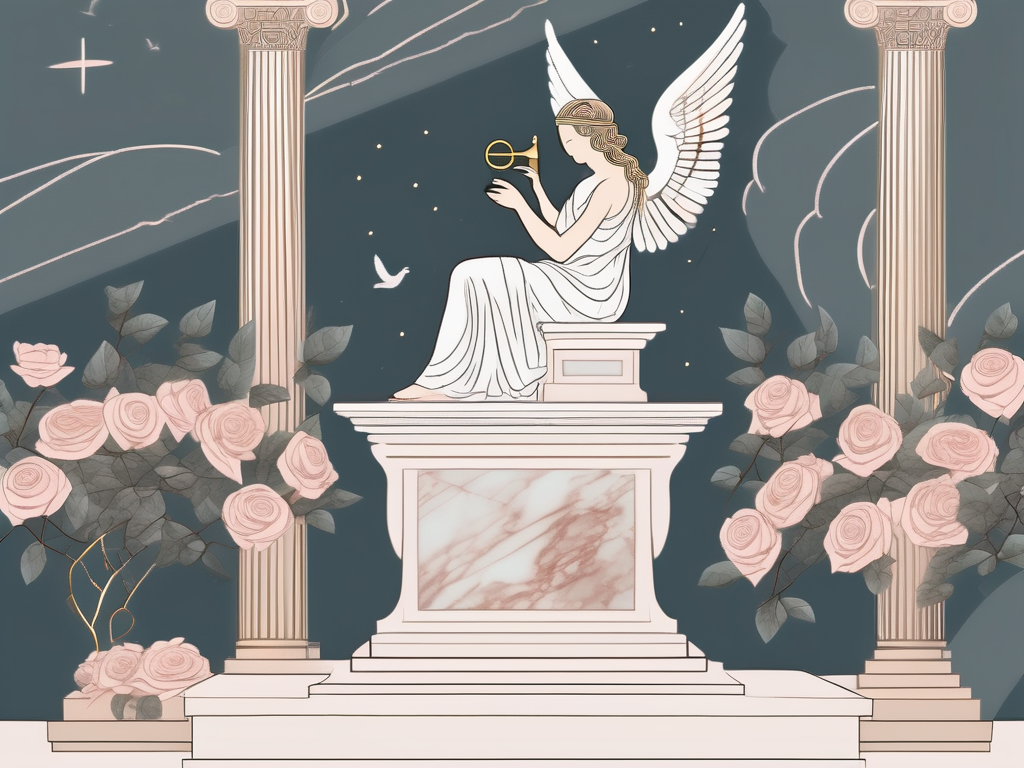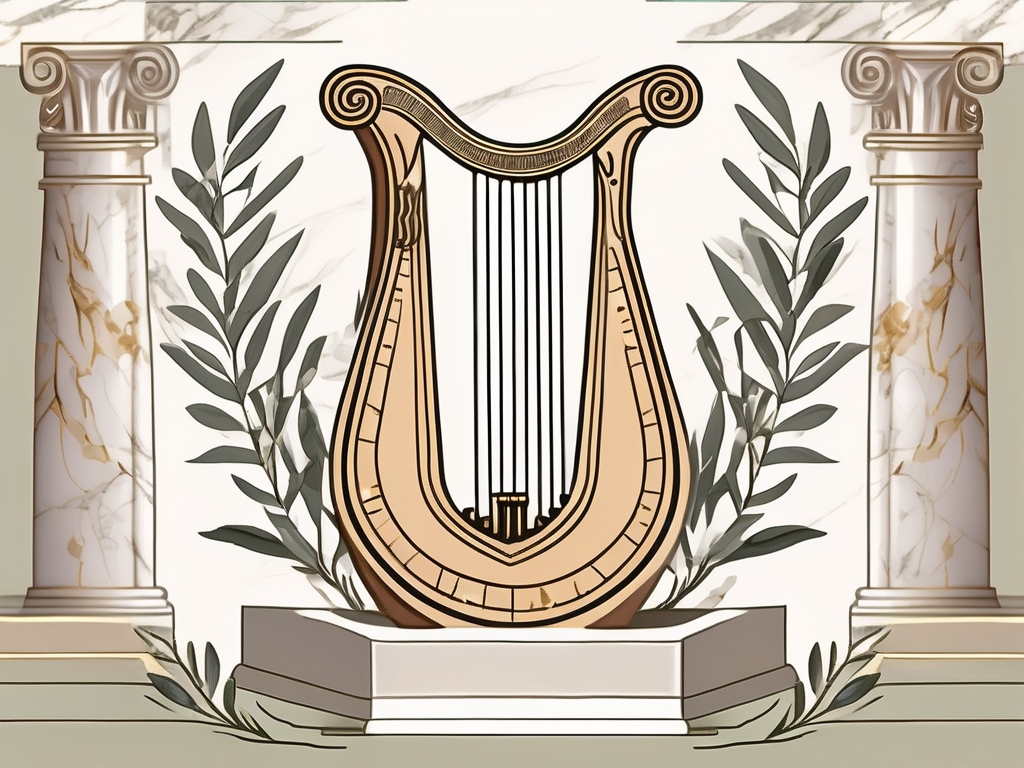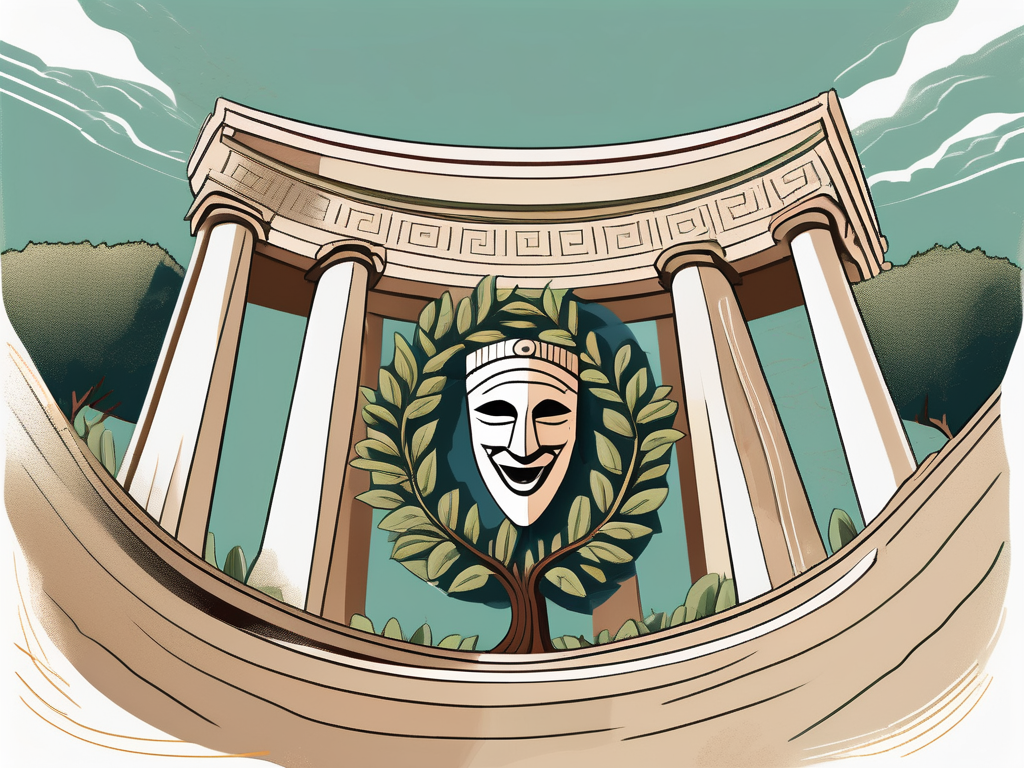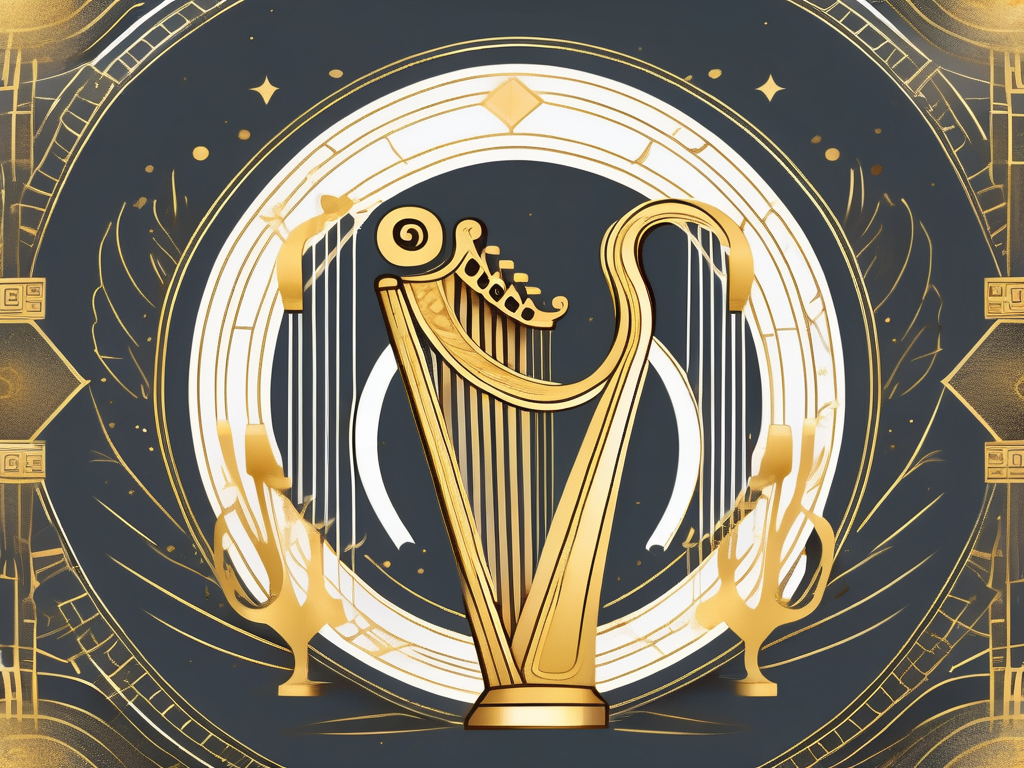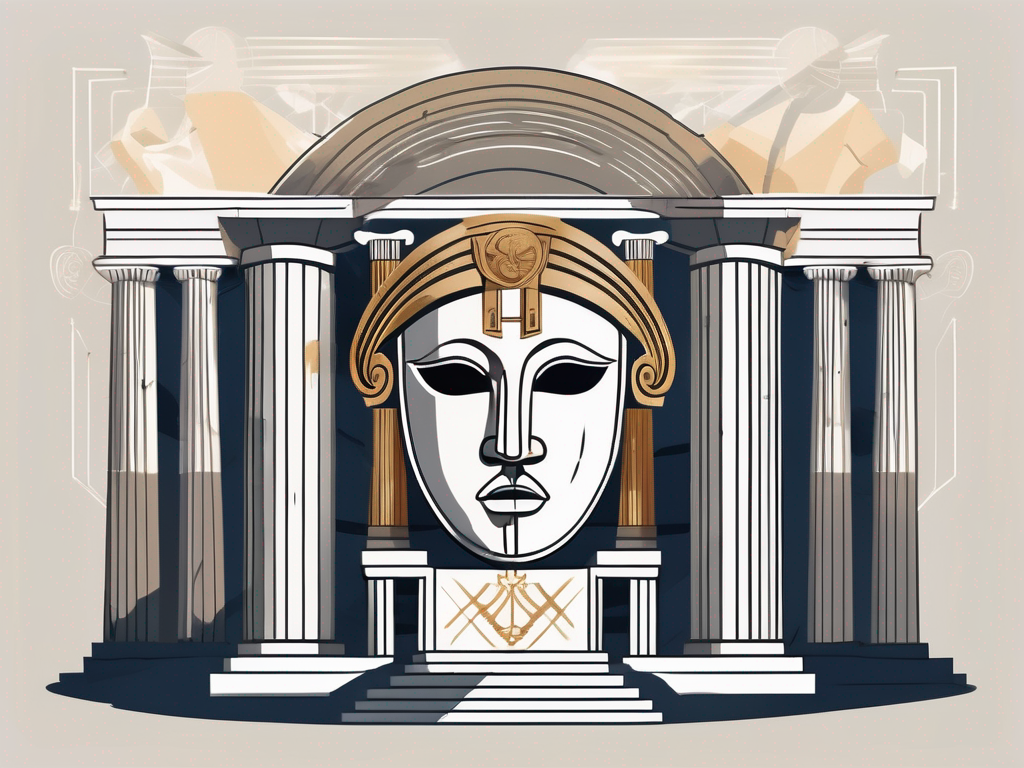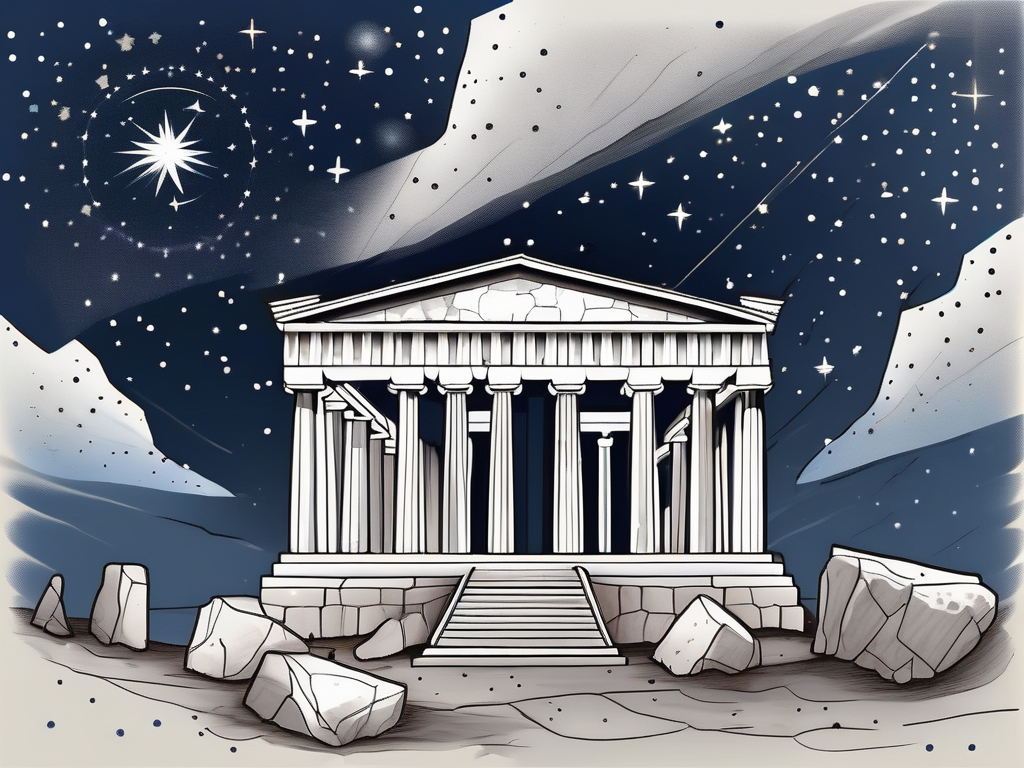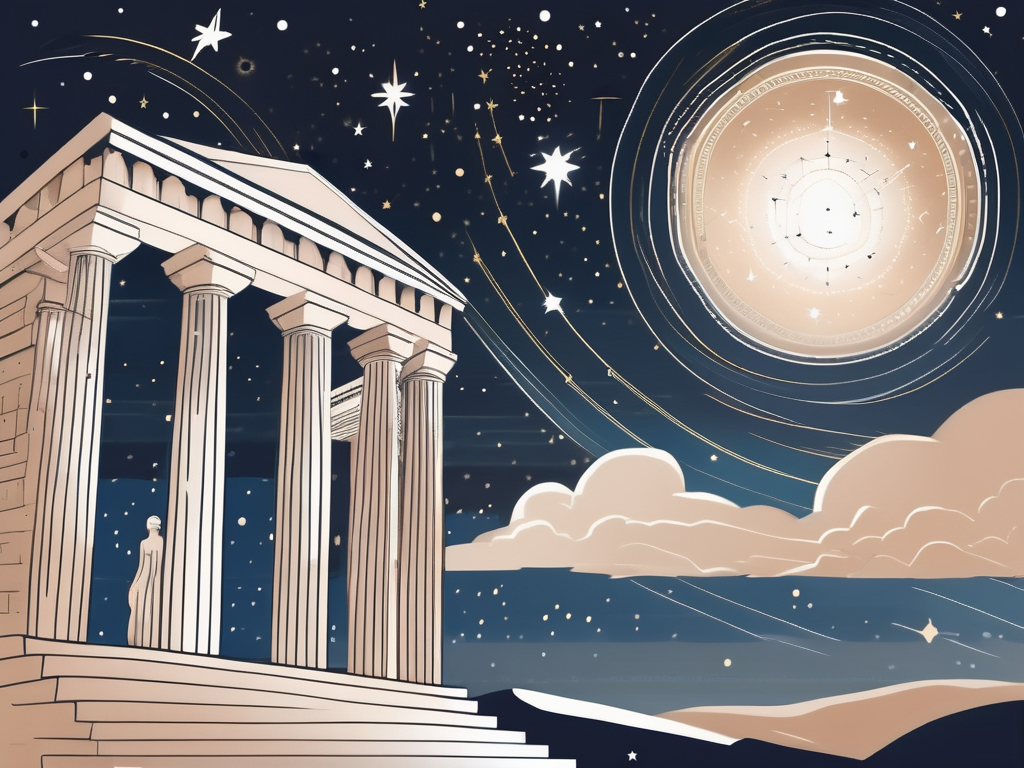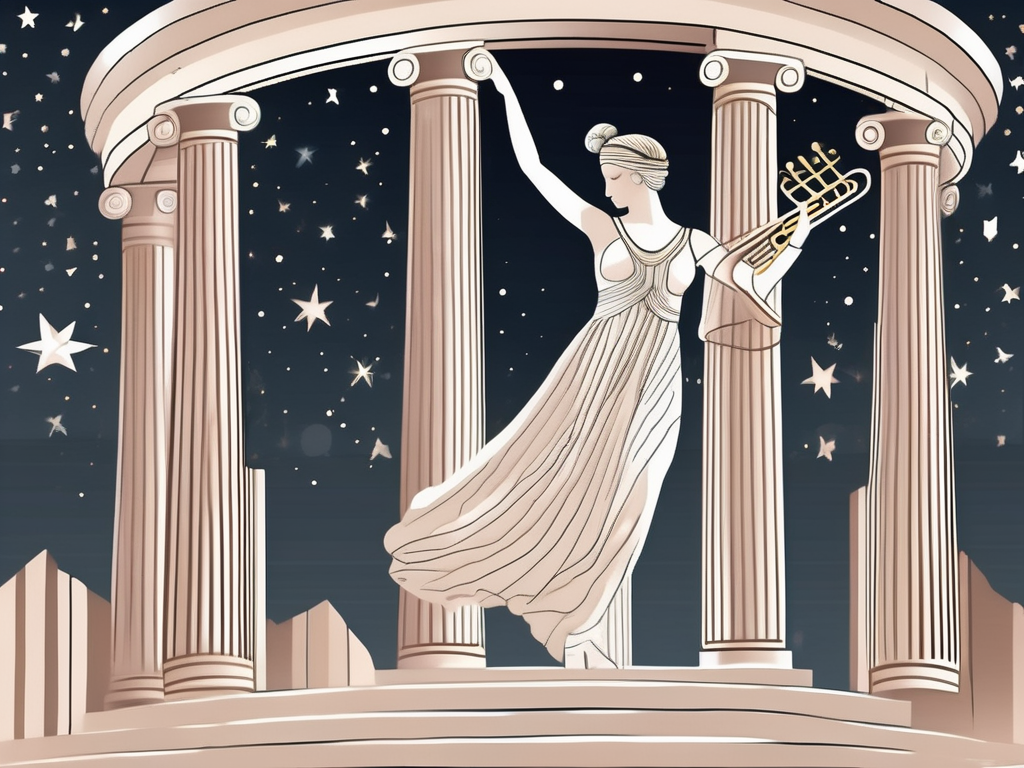In the pantheon of Greek mythology, there are many deities who captivate us with their intriguing stories. One such goddess is Urania, the Muse of Astronomy. Although not as widely known as some of her celestial counterparts, Urania has a mystical aura that pulls us into the enigma that surrounds her. Let’s delve into the fascinating world of Urania and uncover the secrets she holds.
Unveiling Urania: The Muse of Astronomy
When we think of muses, we often picture beautiful beings that inspire artists and creators. Urania, however, has a slightly different role. She is the muse of astronomy, the science that explores the celestial bodies and beyond. With her ethereal presence, Urania guides astronomers, filling their minds with inspiration and wisdom.
The Mythological Birth and Lineage of Urania
According to ancient Greek mythology, Urania is one of the nine daughters of Zeus and Mnemosyne, the goddess of memory. The muses themselves are said to represent different art forms and knowledge. Urania, beloved by the gods, has the honor of personifying the study of the stars and the heavens above.
Urania’s lineage plays a significant role in her mystical nature. As the child of Zeus, the almighty king of the gods, and Mnemosyne, the embodiment of memory, Urania embodies both divine wisdom and the timeless memories of the universe.
Legend has it that when Urania was born, the heavens themselves rejoiced. The stars twinkled with an unprecedented brilliance, as if celebrating the arrival of the muse who would illuminate the mysteries of the cosmos. Her birth was a cosmic event, marking the beginning of a new era in human understanding.
As Urania grew, she displayed an insatiable curiosity about the stars. She would spend countless nights gazing at the celestial tapestry, mesmerized by the patterns and constellations. It was during these solitary moments that she felt a deep connection with the universe, as if the stars were whispering their secrets to her.
Urania’s Role in Ancient Greek Culture
Astronomy held immense importance in ancient Greek culture. The Greeks believed that studying the stars and planets allowed them to gain insight into the mysteries of life and the universe. Urania, as the muse of astronomy, encouraged scholars to explore the cosmos and unravel its secrets.
Urania was often invoked by astronomers, poets, and philosophers seeking inspiration and guidance. She served as a muse not only for scientific and philosophical pursuits but also for the creative aspects of ancient Greek civilization. Her influence extended beyond the realm of academia, leaving an indelible mark on Greek society.
It is said that Urania’s presence could be felt during the great astronomical gatherings in ancient Greece. Scholars from all corners of the land would gather under the open sky, their eyes fixed on the heavens above. As they observed the celestial dance, Urania’s energy would permeate the air, inspiring them to reach for the stars in their pursuit of knowledge.
Urania’s influence extended beyond the scholarly realm. She was also revered as a protector of sailors, guiding them through treacherous waters with her celestial wisdom. Sailors would often offer prayers and sacrifices to Urania before embarking on their voyages, seeking her blessings for a safe journey.
Even in the realm of art, Urania’s presence was felt. Painters would often depict her with a celestial globe in one hand and a compass in the other, symbolizing her role as the muse of astronomy. Her image adorned countless temples and sacred spaces, a reminder of the importance of studying the stars and the wonders they hold.
The Symbolism and Iconography of Urania
As with many ancient deities, Urania’s appearance and symbols carry deep significance. Let’s explore the symbolism and iconography associated with this enigmatic goddess.
Urania, the muse of astronomy and celestial navigation, is a figure shrouded in mystery and wonder. Her divine presence is often depicted in various forms of art and literature, each capturing a glimpse of her ethereal beauty and wisdom.
Urania’s Celestial Symbols
Urania’s representation is often adorned with celestial symbols, each holding a profound meaning that reflects her divine nature. The most prominent of these symbols is the celestial sphere, which she gracefully holds or stands upon. This sphere represents her deep connection to the heavens and her role in guiding astronomers in their celestial pursuits.
But it is not just the celestial sphere that accompanies Urania’s depiction. She is often portrayed with a globe or compass, symbolizing her mastery of astronomy and the vast knowledge she possesses. These symbols serve as a reminder of her ability to navigate the vastness of the cosmos and guide those who seek to understand the mysteries of the universe.
The Influence of Urania’s Iconography
Urania’s iconography has had a profound impact on various aspects of art, culture, and society throughout history. Artists, captivated by her celestial beauty, have sought to capture her essence in their works. From paintings to sculptures, Urania’s presence in art serves as a reminder of the importance of exploring the mysteries of the universe and the wonders that lie beyond our earthly realm.
But Urania’s influence extends beyond the realms of art. Her symbolism continues to inspire astronomers and scientists to delve deeper into the cosmos, seeking to unravel its complexities. Her celestial symbols, such as the celestial sphere and the globe, remind them of the vastness of the universe and the endless possibilities that await exploration.
Moreover, Urania’s iconography has also found its way into various cultural and societal aspects. Her representation can be found in literature, where authors draw inspiration from her divine wisdom and incorporate her symbols into their stories. Her presence in mythology and folklore serves as a reminder of the eternal quest for knowledge and the pursuit of truth.
Urania’s symbolism has even influenced the field of astrology, where her celestial symbols are used to interpret the movements of the stars and planets. Astrologers believe that by understanding Urania’s symbols, they can unlock the secrets of the universe and gain insight into the cosmic forces that shape our lives.
In conclusion, Urania’s symbolism and iconography are rich with meaning and significance. From her celestial symbols to her influence on art, culture, and science, she continues to inspire and captivate those who seek to understand the mysteries of the universe. As we gaze upon her divine representation, we are reminded of the vastness of the cosmos and the endless possibilities that await our exploration.
Urania in Literature and Art
Urania’s influence extends beyond visual art. She has also left her mark in literature, both ancient and modern.
Depictions of Urania in Ancient Literature
Ancient Greek writers often incorporated Urania into their works, attributing her with divine wisdom and inspiration. Poets, playwrights, and philosophers sought her favor, believing that her guidance would elevate their work to new heights.
One famous example is in Plato’s dialogue, “Phaedrus,” where Urania is mentioned as the source of inspiration for philosophical discourse on the nature of love. In this dialogue, Plato refers to Urania as the “heavenly” and “celestial” muse.
Urania’s Presence in Classical and Renaissance Art
Urania’s influence can also be seen in classical and Renaissance art. Artists during these periods often included representations of Urania in their works, paying homage to her role as the muse of astronomy and inspiration for their creations.
From grand paintings to intricate sculptures, Urania’s presence in art serves as a reminder of the importance of looking to the stars for inspiration and guidance.
Urania’s Legacy in Modern Times
Despite being rooted in ancient mythology, Urania’s legacy continues to thrive in modern times.
Urania in Modern Literature and Pop Culture
Urania’s name and symbolism appear in various works of modern literature and pop culture. Authors and creators draw inspiration from her ethereal qualities and link her to the exploration of the unknown.
Her name has also been used for astronomical observatories and institutions, honoring her role as the muse of astronomy and promoting further study of the universe.
The Impact of Urania on Modern Astronomy and Astrology
Urania’s influence on modern astronomy and astrology cannot be overstated. The pursuit of astronomical knowledge and the interpretation of celestial events owe much to her inspiration and guidance.
Scientists and stargazers alike continue to draw on her mythical presence to inspire new discoveries and a deeper understanding of our place in the cosmos.
The Enigma of Urania
While many aspects of Urania’s life and influence are well-known, she still remains an enigma in some regards.
The Mystery Surrounding Urania’s Worship
There is limited information about the specific rituals and practices associated with worshiping Urania. Her worship likely differed from other gods and goddesses, as she embodied a unique realm of knowledge and inspiration.
Despite the mystery surrounding her worship, Urania’s influence pervaded ancient Greek culture, guiding scholars and inspiring creativity.
Unanswered Questions about Urania’s Role and Influence
As with many ancient deities, there are unanswered questions about Urania’s true nature and the extent of her influence. Was she revered only by intellectuals, or did her presence extend to the general populace?
These unanswered questions leave room for speculation and further exploration into the multifaceted nature of Urania’s enigmatic existence.
Final Thoughts
Urania, the Muse of Astronomy, holds a special place among the fascinating pantheon of Greek gods and goddesses. Her celestial symbolism and influential role in ancient Greek culture and beyond make her a captivating figure to explore.
Whether she is guiding astronomers in their pursuit of knowledge or inspiring artists to reach new heights, Urania’s enigmatic presence continues to captivate our imagination, reminding us to look to the stars and embrace the mysteries that lie beyond.
